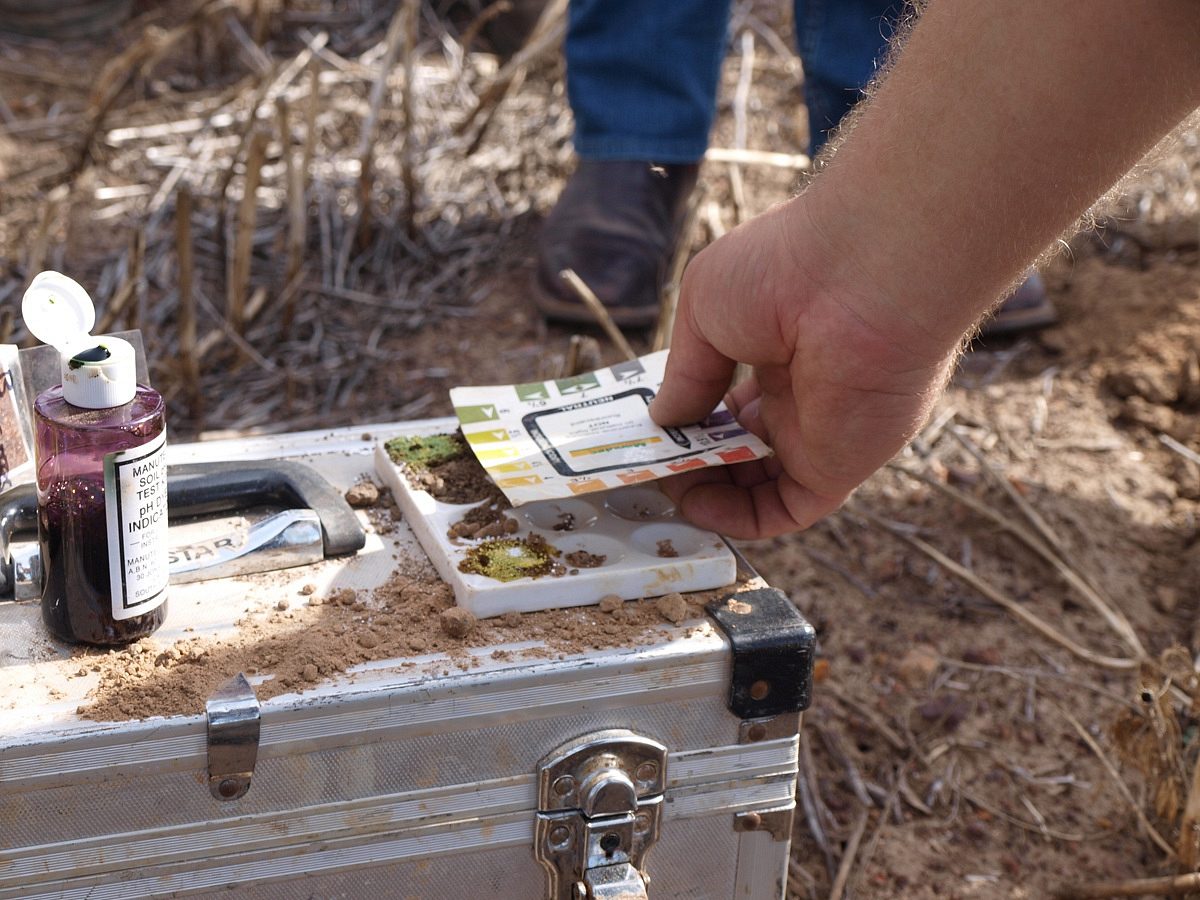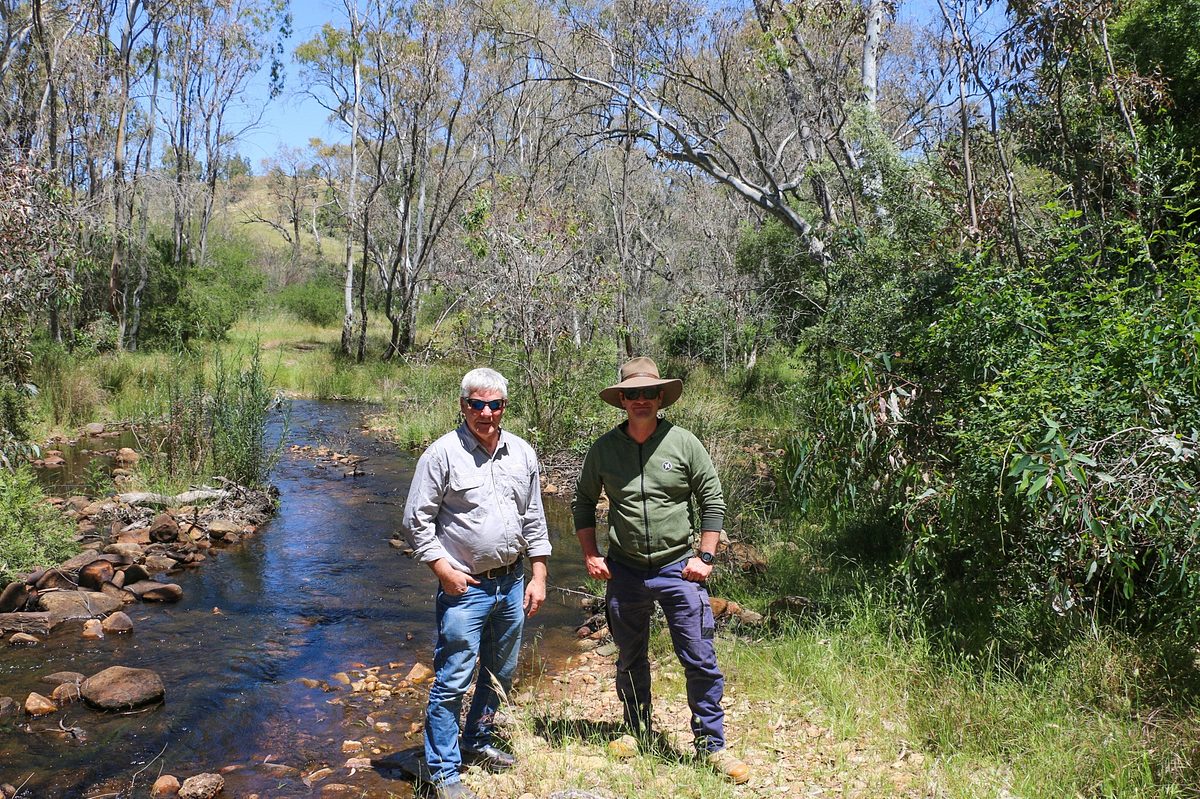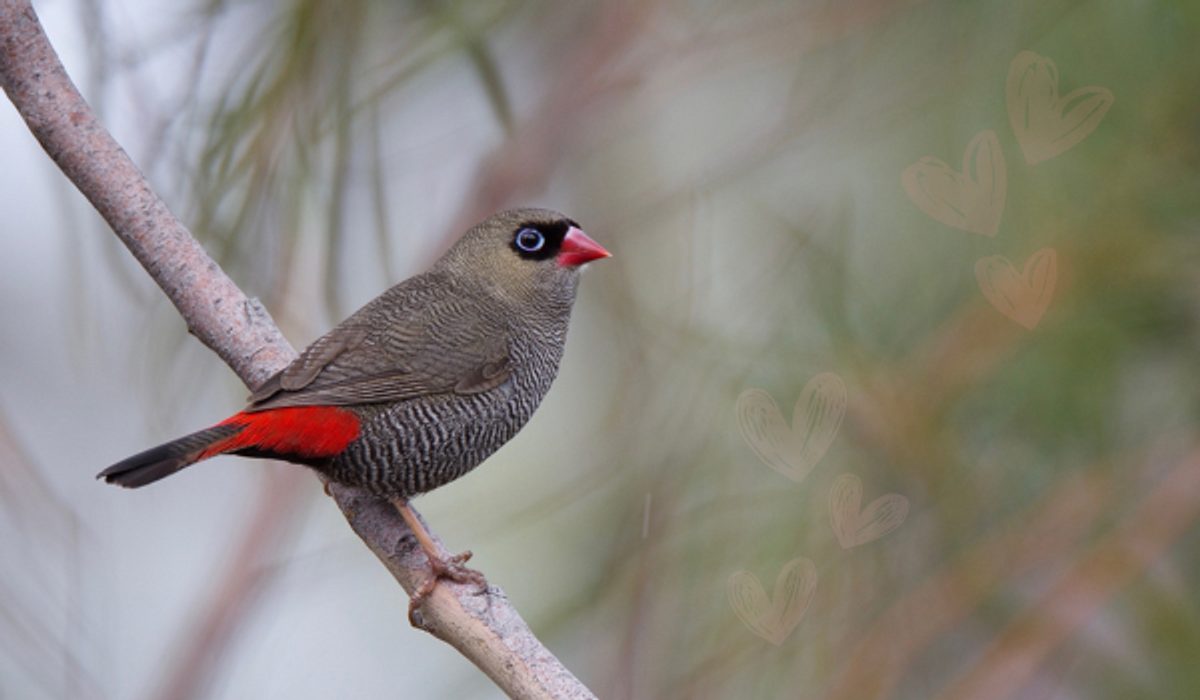Small fish, big wins for South Australia's freshwater biodiversity
We’re celebrating three remarkable fish recovery projects across South Australia that show how science, community, and care can turn the tide for some of our most threatened freshwater species. From the iconic Murray crayfish to the tiny but tenacious southern pygmy perch and the ancient Flinders Ranges purple-spotted gudgeon, these initiatives show what’s possible when landscape boards and their partners come together for long-term environmental outcomes.
Murray crayfish make a comeback in the River Murray
Murraylands and Riverland
For the first time, 250 baby Murray crayfish have been released into the River Murray – a significant milestone in the recovery of this nationally listed threatened species.
Led by the Murraylands and Riverland Landscape Board in partnership with Nature Glenelg Trust, this ambitious project raised the crayfish from eggs in a specially designed hatchery at Victor Harbor. The young crays were nurtured through their most vulnerable early months, with round-the-clock care and carefully crafted environments to maximise survival.
With support from NSW Department of Primary Industries, the River Murray and Mallee Aboriginal Corporation and funding through landscape levies and the Landscape Priorities Fund, this collaborative effort is helping re-establish a species once lost to SA waters. These tiny freshwater icons represent a big leap forward in native aquatic species recovery.
Find out more about the baby Murray crayfish release and the broader project to re-establish Murray crayfish in South Australia.



Saving the Flinders Ranges purple-spotted gudgeon
SA Arid Lands
Further north, the SA Arid Lands Landscape Board is looking into the status of the elusive Flinders Ranges purple-spotted gudgeon as part of the Discovery for Recovery project.
Translocated in 2021 to two permanent springs in the central Flinders Ranges, the project has already doubled the known population sites of this EPBC-listed species, which holds deep cultural significance for the Adnyamathanha people, who call it Wirta Udla Yarri.
Through new partnerships with First Nations groups, conservation organisations, and the broader community, this project is not only building ecological knowledge – it’s fostering custodianship and connection to Country. Better understanding of population trends will shape future recovery actions and ensure this ancient fish species has a place in our changing landscapes.
This project is funded by the Australian Government Natural Heritage Trust and delivered by SA Arid Lands Landscape Board, a member of the Commonwealth Regional Delivery Partners panel.



Landholders unite to save the Back Valley southern pygmy perch
Hills and Fleurieu
In Back Valley Creek, near Victor Harbor, Landscapes Hills and Fleurieu and Nature Glenelg Trust are teaming up with local landholders to prevent the extinction of the Back Valley southern pygmy perch – a small fish with a big conservation story.
Recent surveys captured 420 individual fish – possibly up to 90% of the entire population in the area. Their survival hangs on a knife edge due to habitat degradation, introduced predators, and shrinking water availability. But landholders like Andrew Robertson are stepping up. Andrew is providing surrogate dams as refuges, investing in fencing, habitat restoration, and even drying out predator-infested pools to give these native fish a fighting chance to one day be released into their natural habitat.
“Ensuring the survival of species via surrogate dams is a great way to go to protect threatened fish and is particularly important with the changing climate,” he said.
This genetically unique population is found nowhere else on Earth – and thanks to community-driven conservation, its future is looking brighter.




